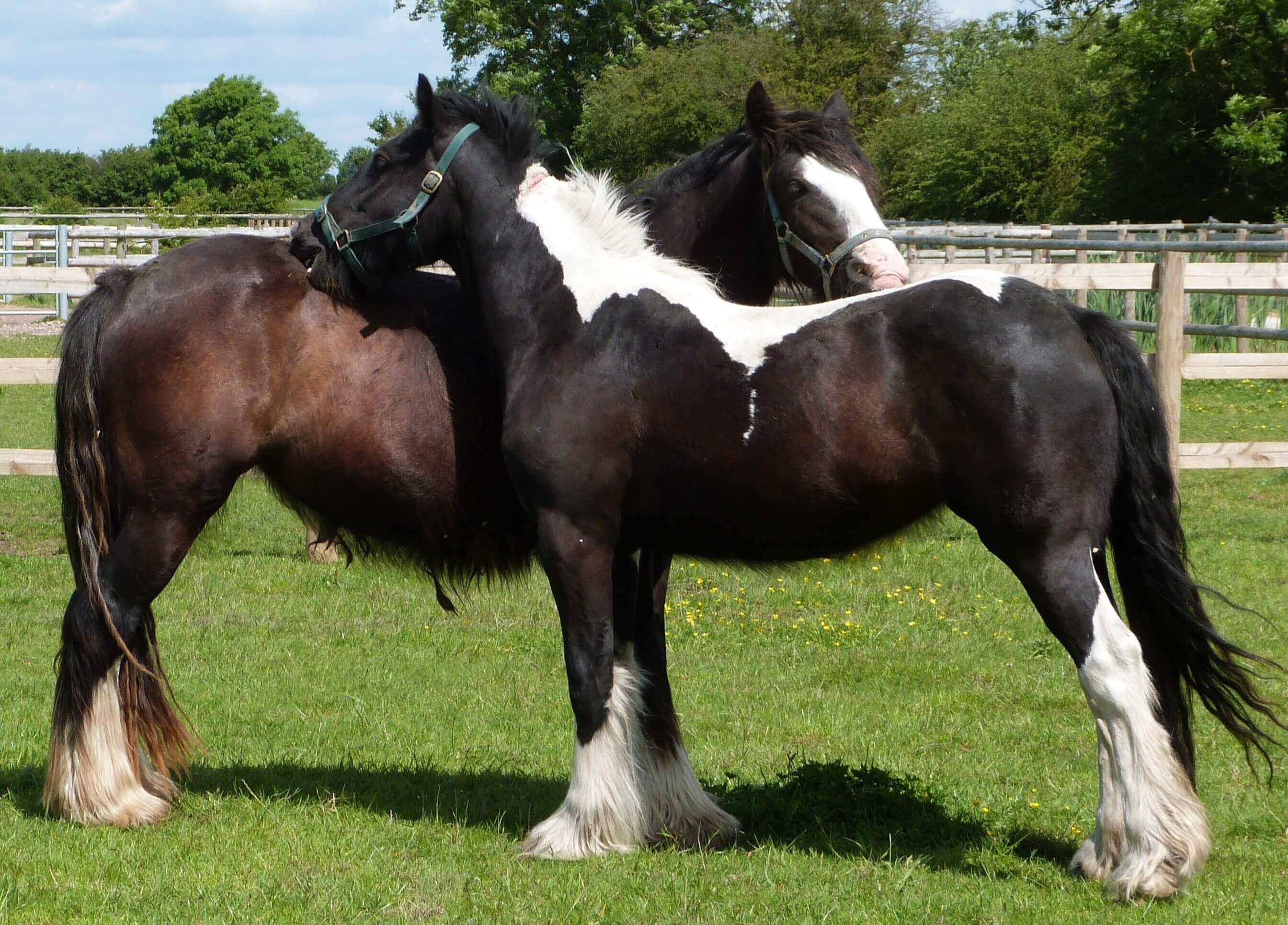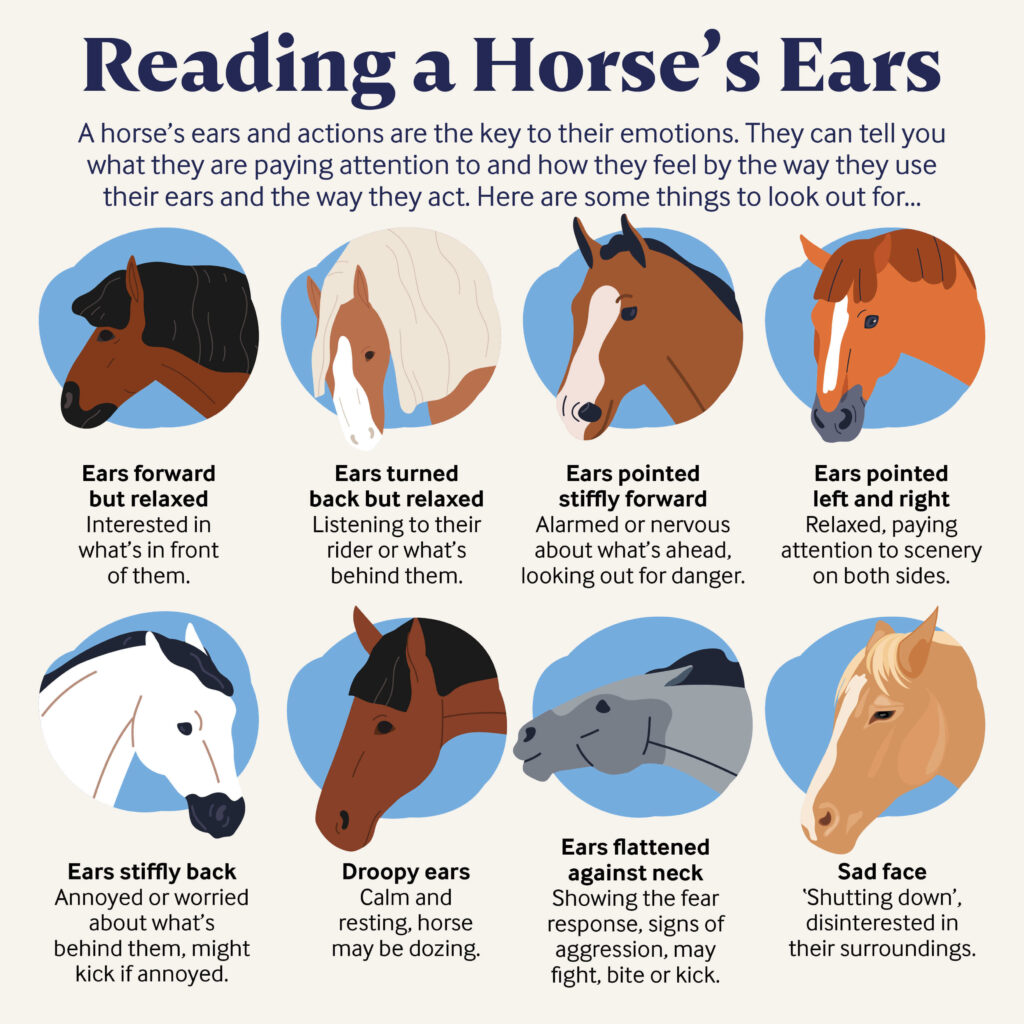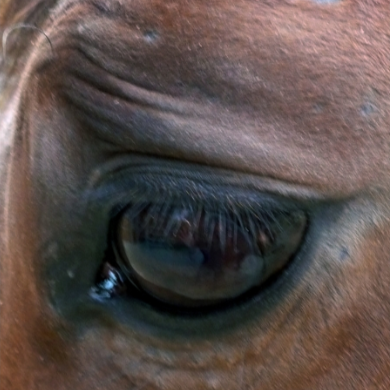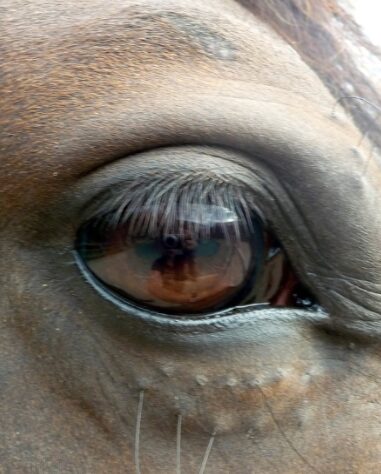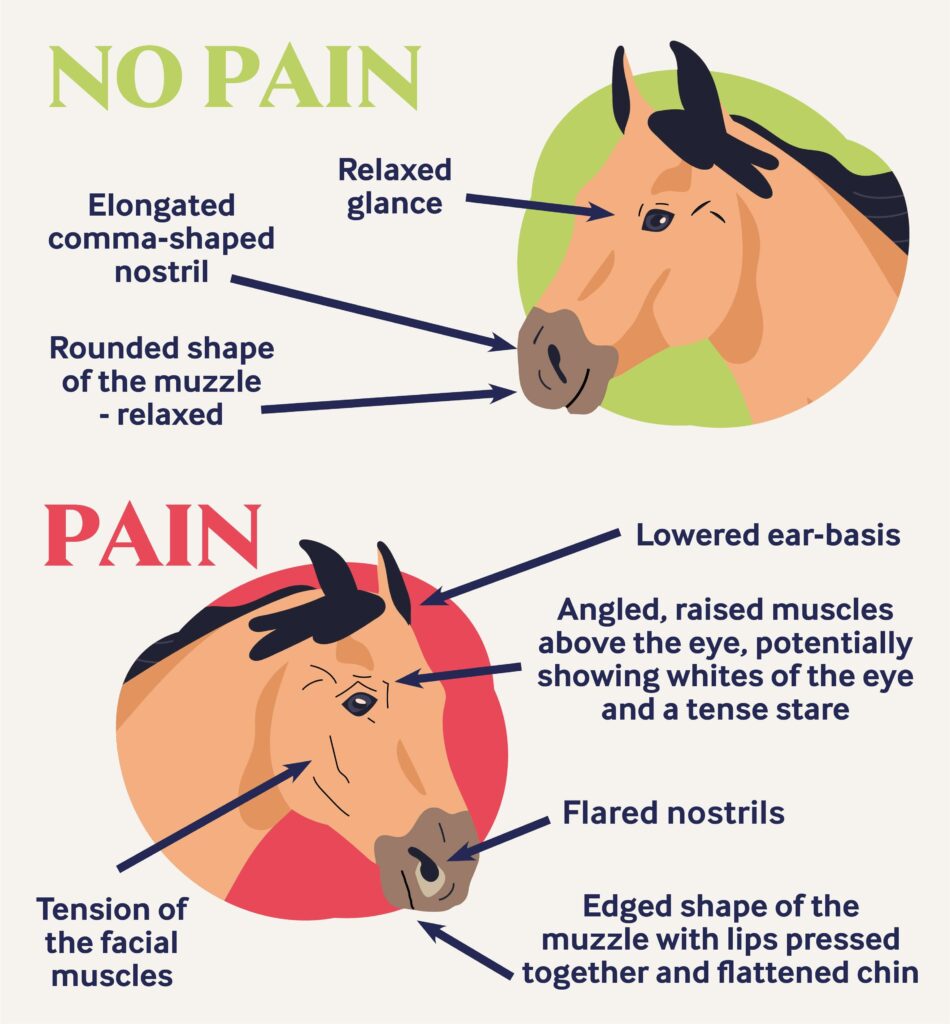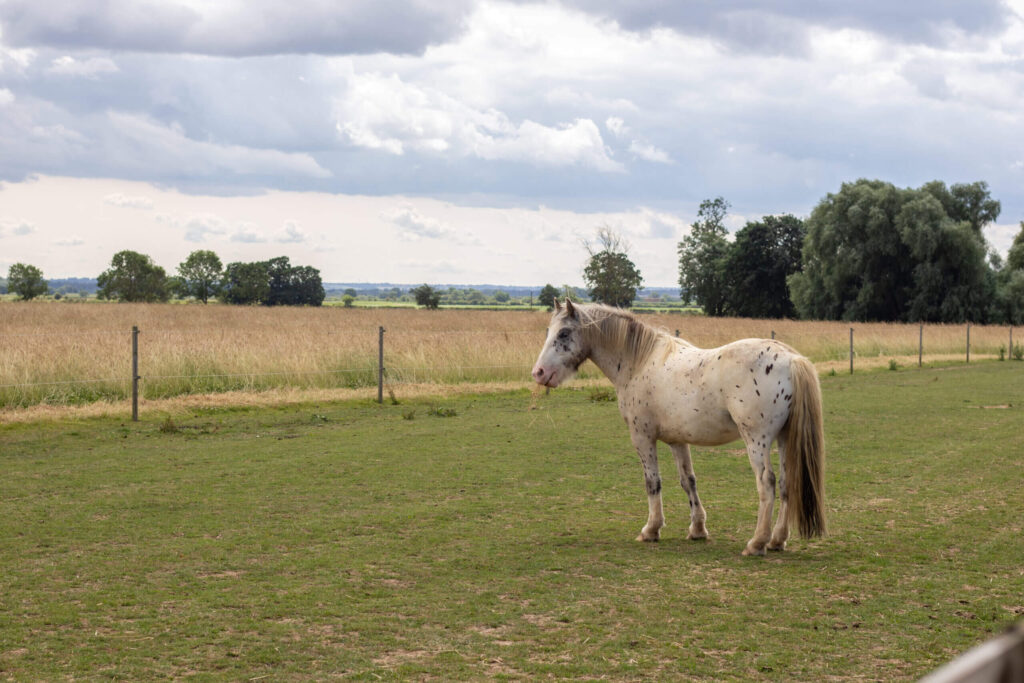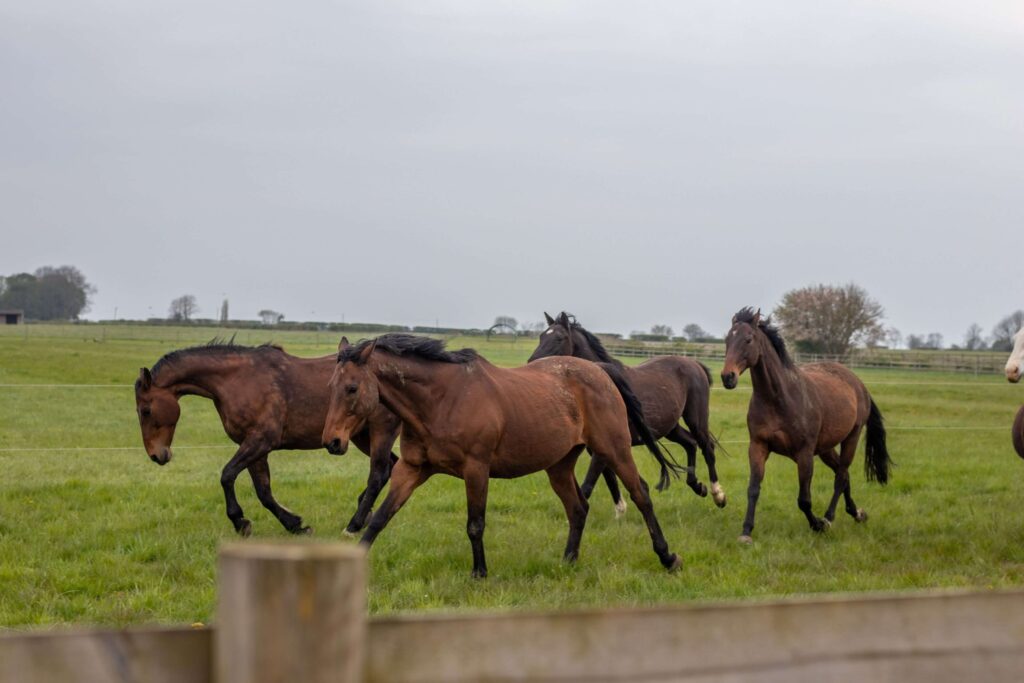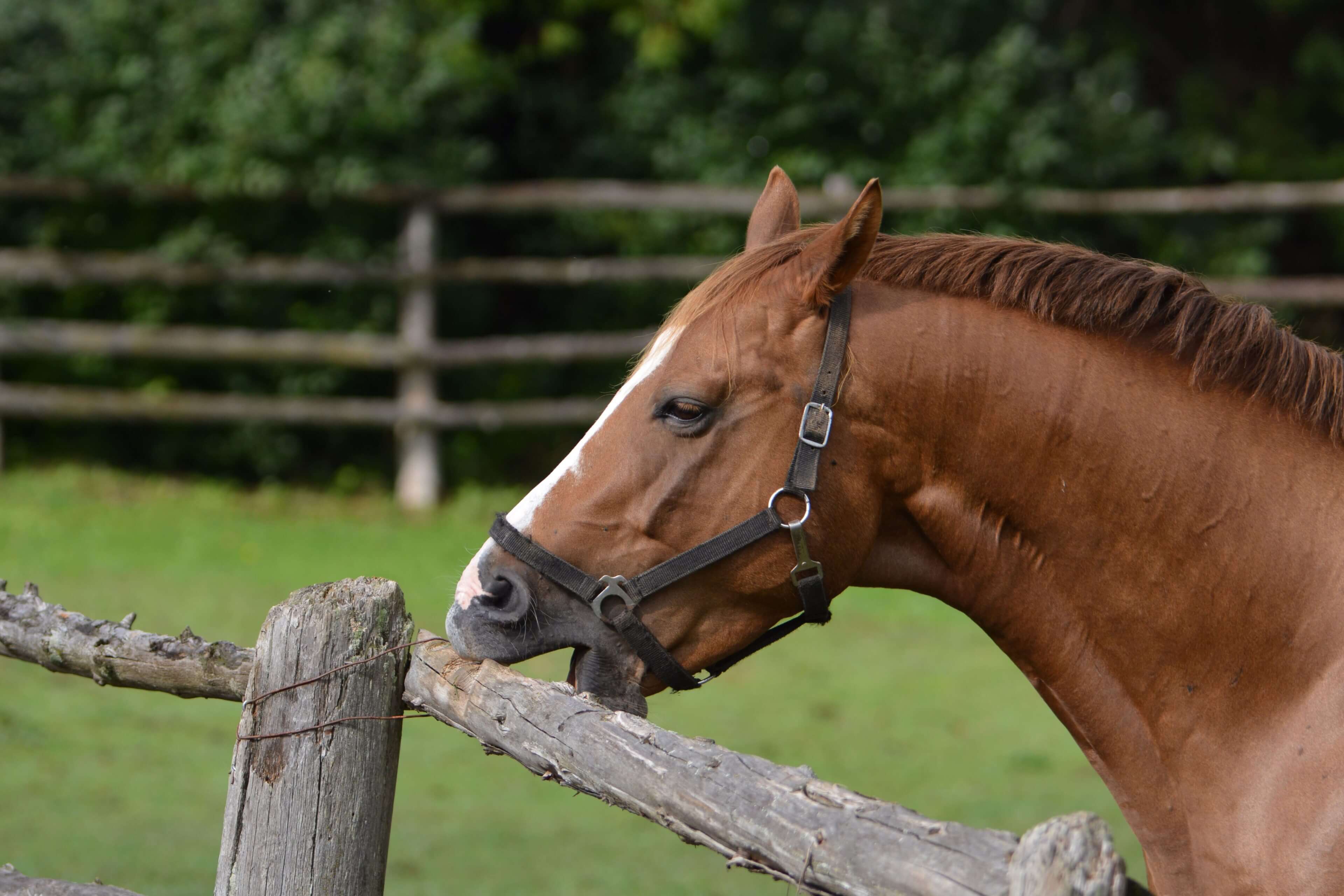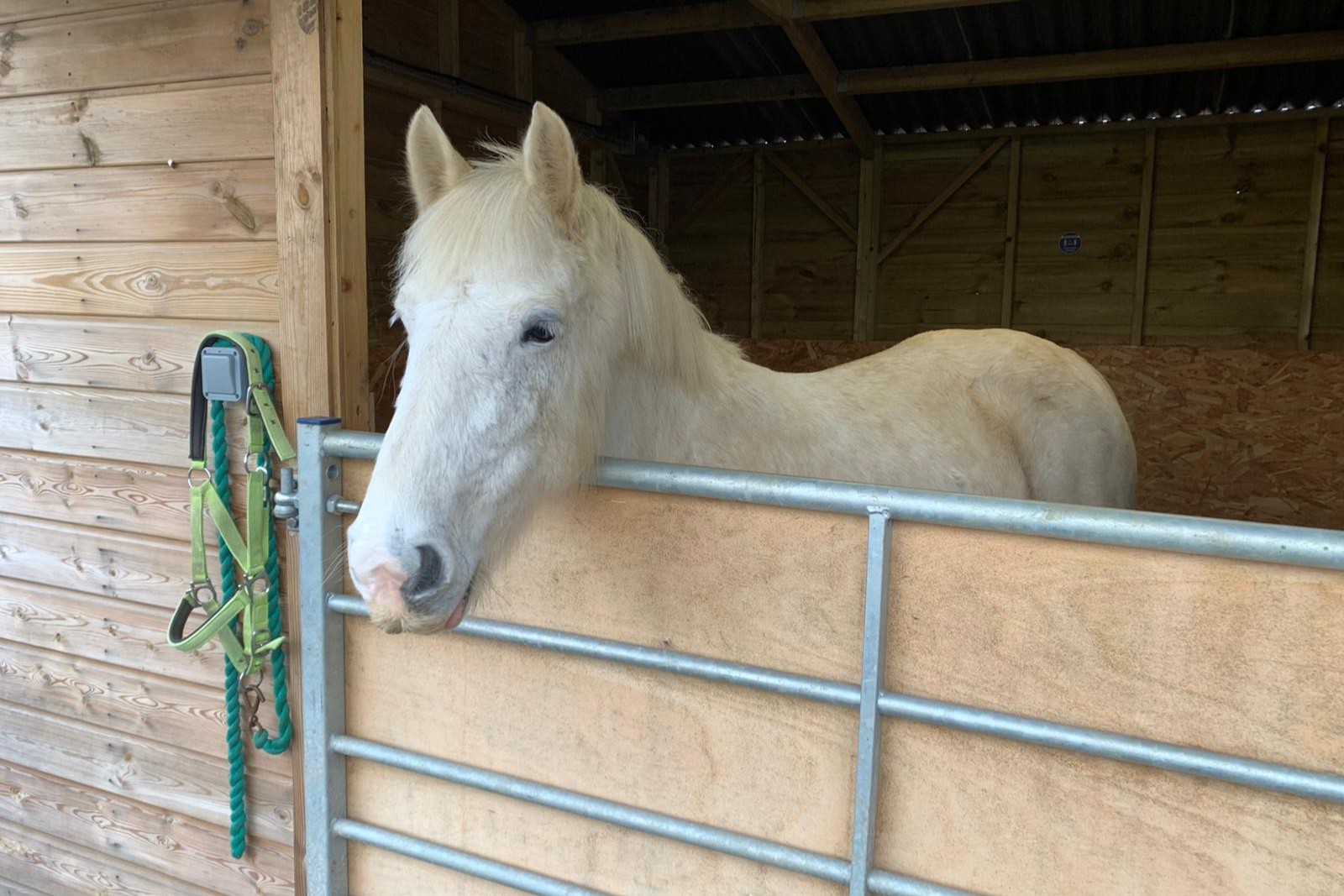Signs of a depressed horse:
- Appears withdrawn from other horses, handler or from what is happening around them.
- Although appears to be withdrawn they show times of heightened anxiety. They react and spook to things they would not normally be worried by.
- Physical stance, they lower their head and neck, stand for longer periods of time without moving. A glazed look can be seen as they detach themselves from their surroundings. They may stand with their heads turned towards a wall.
- Loss of appetite, they may appear disinterested in food, which in turn can cause them to lose weight, muscle loss, lack of energy.
We advise any signs of stress or depression are checked by a vet as they can lead to other issues, for example, colic and gastric ulcers.

